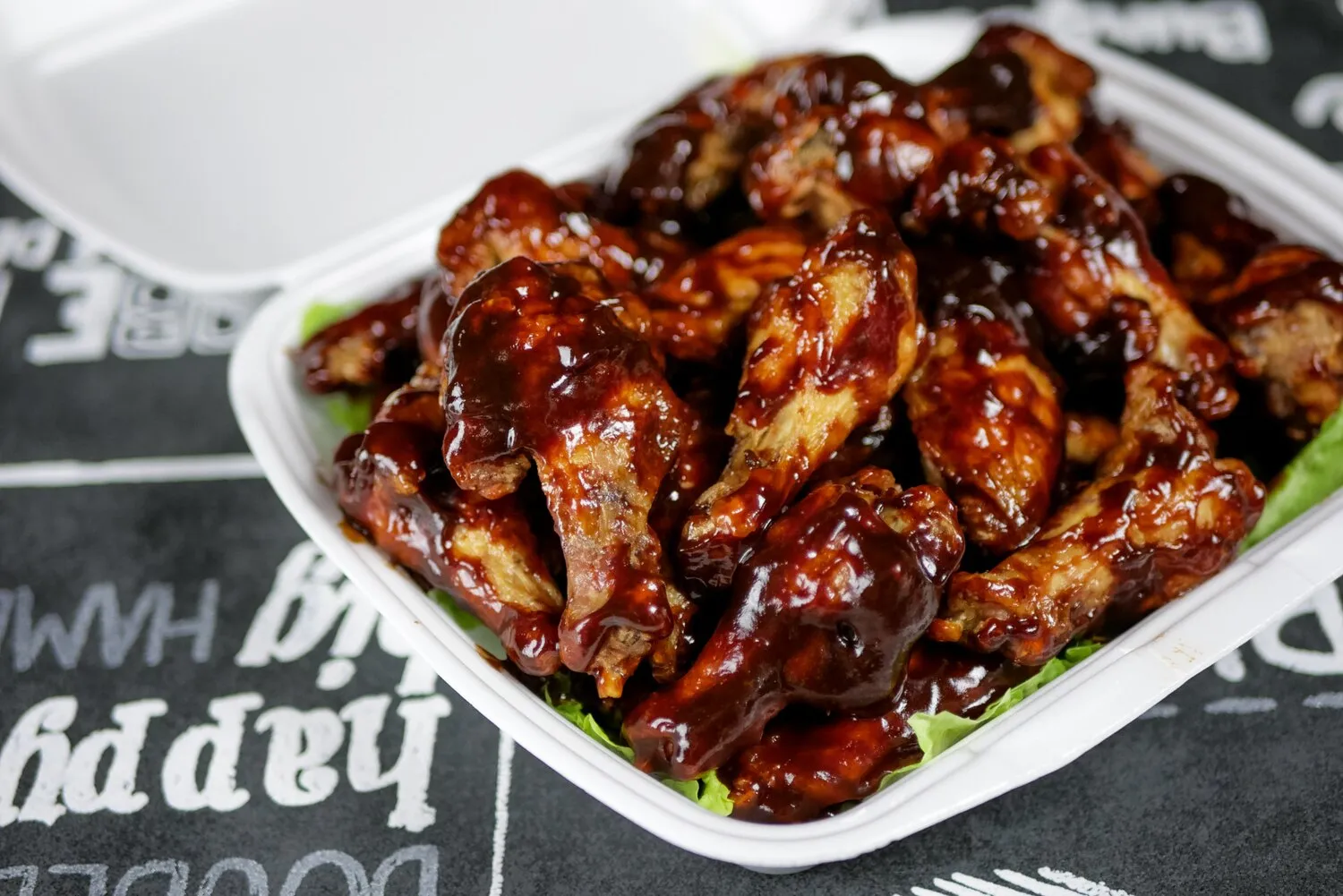
Korean Fried Cauliflower
Crispy cauliflower florets tossed in a sweet and spicy Korean chili sauce.
Nutrition Facts
* The % Daily Value (DV) tells you how much a nutrient in a serving of food contributes to a daily diet. 2,000 calories a day is used for general nutrition advice.
JOEY Shipyards
Korean fried cauliflower is a relatively recent adaptation of Korean fried chicken (yangnyeom chicken), which gained immense popularity in the late 20th century. Yangnyeom chicken itself evolved from simpler fried chicken recipes, influenced by American fried chicken and adapted to incorporate Korean flavors like gochujang and garlic.
While not a traditional Korean dish in the same vein as kimchi or bibimbap, Korean fried cauliflower reflects the ongoing culinary innovation and fusion happening in Korea. It caters to vegetarian/vegan diets and appeals to a broader audience while retaining the iconic Korean flavors.
Fusion Cuisine
This dish showcases the increasing popularity of fusion cuisine in Korea, where traditional flavors are adapted to new ingredients and culinary styles.
Dietary Adaptations
Korean fried cauliflower caters to the growing demand for vegetarian and vegan options, making Korean flavors accessible to a wider range of people.
Popularity as a Snack or Appetizer
Like its chicken counterpart, this dish is often enjoyed as a snack or appetizer, perfect for sharing with friends and family.
The dominant flavors are a blend of sweet, spicy, and savory, creating a complex and addictive profile.
The sweetness usually comes from honey, corn syrup, or brown sugar. The spiciness is derived from gochujang (Korean chili paste), gochugaru (Korean chili powder), or a combination of both. Savory notes are contributed by garlic, soy sauce, ginger, and sometimes sesame oil. The cauliflower itself has a mild, slightly earthy flavor that is enhanced by the crispy coating.
Double Frying
Double frying the cauliflower ensures maximum crispness. Fry once at a lower temperature to cook the cauliflower through, then a second time at a higher temperature to achieve a golden-brown, crispy exterior.
Cornstarch Coating
Using cornstarch (or a mix of cornstarch and flour) for the coating creates a light and crispy texture that holds the sauce well.
Sauce Consistency
The sauce should be thick enough to cling to the cauliflower but not so thick that it becomes gloopy. Adjust the amount of liquid (water or stock) to achieve the desired consistency.
Serving Immediately
For the best texture, serve the cauliflower immediately after tossing it in the sauce. Otherwise, the cauliflower may become soggy over time.
Explore additional Appetizers dishes and restaurants
Explore AppetizersDiscover top dining spots and culinary experiences in North Vancouver.
Explore North VancouverLearn more about the food culture, restaurant scene, and culinary heritage of Canada.
Explore Canada